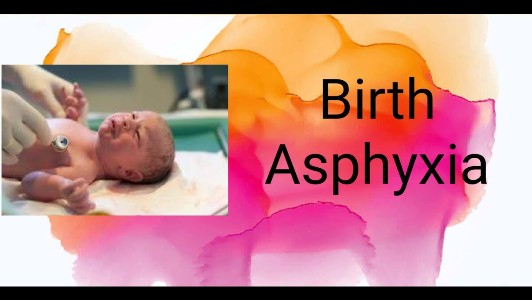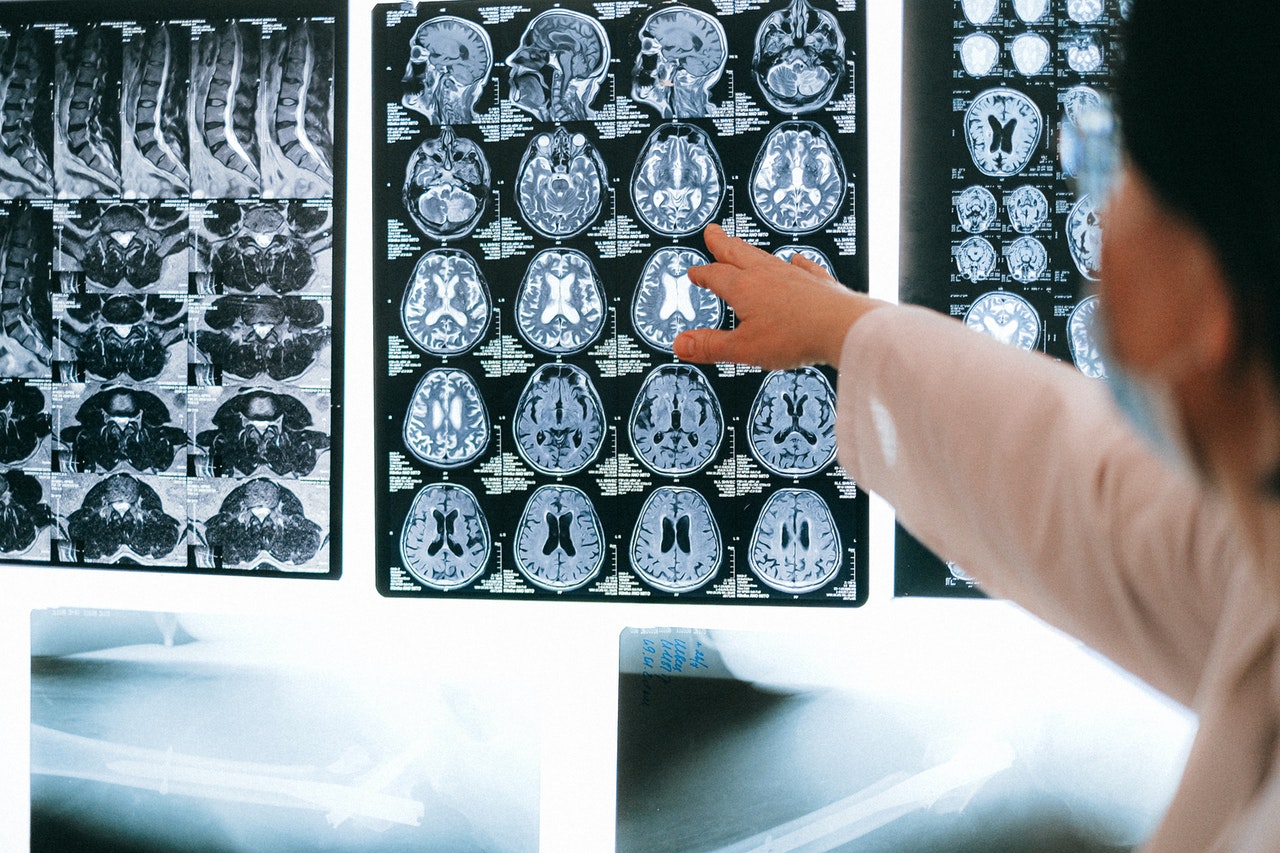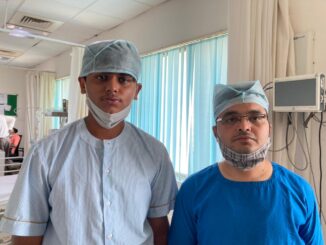
A team headed by Dr Virender Verma (Neonatologist) has successfully revived a newborn with birth asphyxia using innovative management coupled with hypothermia treatment to minimize cell death and brain damage. The baby was discharged on the 7th day from the hospital and did not have any sequelae till now.
A newly born full-term around 3.5 kg female baby who was born by emergency Caesarean section at some other hospital in Mumbai was referred to NICU team of Wockhardt hospital, Mira Road. It was informed that the baby did not have heartbeats and respiration at birth. The paediatrician who attended the delivery did a wonderful job by timely resuscitating the baby and the spontaneous breaths were established at approximately 25min of birth. The child was immediately referred to the NICU team of Wockhardt hospital at Mira Road. The child was throwing seizures at the time of reporting to the NICU.
Dr Virender Verma, a Neonatologist, Wockhardt Hospital Mira Road (trained at the United Kingdom) said, “We quickly decided to try the therapeutic hypothermia to this child after quickly briefing the method, its benefits and side-effects with the parents. The therapeutic hypothermia treatment consists of cooling the baby to a temperature 3 to 4 degrees centigrade below the normal temperature of the human body (37 C) in order to slow the ongoing metabolic injury (because of birth asphyxia) in the brain. The metabolic injury is most pronounced in initial 3 to 4 days, therefore therapeutic hypothermia is given for 72 hours after the birth asphyxia event.”
The child was administered neuroprotective medicine within 10 min of the arrival at the hospital. This medicine has been proven to be beneficial in this condition and protects from future handicaps. Based upon available literature, this child was given an oral form of the drug through a gastric tube. The child was also started on erythropoietin infusions (found to be beneficial in Birth asphyxia).
The exact cause of birth asphyxia in this child could not be found because it was a planned and elective caesarean section as per the referring gynaecologist and there was no risk factor in this child.
Broadly the babies who do not cry at birth suffer from a condition called Hypoxic ischemic encephalopathy; HIE (Or in trivial terms brain damage because of less supply of oxygen). The HIE is categorised into 3 types depending upon the severity:
- HIE grade 1: Minimal disease: almost 100% of babies are survived and almost 100% have a good neurological outcomes,
- HIE grade 2: 70% of babies have little or no neurological deficit and 30 % of babies develop cerebral palsy a disease characterised by handicap or mental retardation or both.
- HIE 3: 50% of babies die and the remaining 50% develops cerebral palsy.
The baby who came to Wockhardt was lying in the category of HIE-2 or 3 because spontaneous respiration was achieved only after 25 minutes of birth and the baby developed seizures within 2 hours of life.
Dr Virender added, “This method lowers the temperature and thus help reduce the metabolism and generation of free radicals in the brain. When the need for oxygen, glucose, and blood goes down, the nerve cells in the brain are protected. The therapeutic hypothermia can only be done in full-term and good weight babies who reach the hospital within 6 hours of life. Other neuroprotective therapies may also be given. The hypoxic-ischemic encephalopathy may lead to cerebral palsy which is a type of permanent brain damage leading to lifelong handicap to the baby. If the above treatment is initiated in due course of time the development of cerebral palsy and permanent handicap may be checked or minimised.
The index baby never had seizures after 2nd day of life. The dose of antiseizure medicine was reduced to the bare minimum on discharge and there is a plan to stop it altogether at 3 months of follow-up. The follow-up MRI showed minimal changes akin to hypoxic-ischemic encephalopathy. The child was discharged on the 7th day of admission and was doing well.
“Our happiness was short-lived after the birth of our baby girl. As she couldn’t breathe properly, didn’t cry, and her heart was not beating properly. We panicked and didn’t understand what to do as we weren’t sure what to do. We thank the doctors at Wockhardt Hospital for saving my baby and giving her a fresh lease of life. The baby is fine now and accepting feeds. She is about 2-month-old now and no episode of seizure has occurred at home. The baby is behaving normally.” concluded the child’s father Ravi (name changed)



